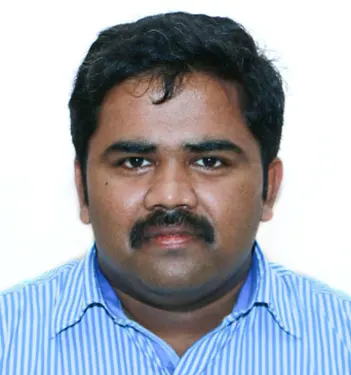Dr. Sunish K. S
Education
- BSc., MG University, 2003
- MSc., MG University, 2005
- Ph.D., University of Saskatchewan, Canada, 2013
- Post-doc, (Durham University, UK, 2013- 2015
- UGC- Dr. D. S. Kothari Research Fellowship (awarded in 2016)
Area of Specialization
- Organic & inorganic solar cells
- Organic light emitting diodes
- Ultrafast spectroscopy
- Adjunct Faculty at Advanced Molecular Materials Research Center (AMMRC), MG University.
- UGC – Dr. D. S. Kothari Research fellowship awarded for the period of 2016- 2019.
- Dr. Kenneth Johannson Award for the Best Teaching Assistant awarded by University of Saskatchewan (2009).
- Department of Chemistry Graduate Teaching Fellowship by University of Saskatchewan (2009).
- Reviewer of the Journals – Nanoscale (Royal Society of Chemistry) and Environmental Science & Technology (American Chemical Society).
I am an experimental chemist and physicist who study organic and inorganic molecular systems to develop high efficiency optoelectronic devices. I accomplish this objective with the aid of advanced time-resolved spectroscopic techniques and electrochemical methods. My primary research interests revolve around the following themes, (i) utilization of solar radiation for usable applications like solar cells, solar photocatalysis etc. and (ii) light emitting diodes.
Lead-free perovskite materials for photocatalysis and solar cell applications
Consumption of fossil fuels produces the green-house gas, carbon dioxide, in an alarmingly increasing rate, resulting in global warming which places the existence of life on Earth at great risks. The search for alternative energy sources has now mainly converged into green energy sources, especially the utilization of solar energy with the help of solar cells. Recently, a breakthrough in solar cell field was reported with the development of planar heterojunction solar cells with organometal halide perovskite as the light absorber. Though these devices are highly efficient (maximum PCE reported so far is 22%) and easy to manufacture, one major drawback of these solar cells is the chronic toxicity of Pb which poses difficulties in disposal of the solar cells and hence are threat to the ecosystem. With an objective to circumvent this problem, we explore alternatives to Pb and examine the viability of new lead-free perovskites in terms of efficiency, durability and cost-effectiveness. We also use them as environmentally benign light absorbers in solar photocatalysis.
Singlet fission based solar cells
Highest energy conversion efficiency (ECE) reported for a dye-sensitized solar cell is 13%, much less than what reported for crystalline silicone solar cells and the infamous Schockley-Queisser theoretical limit of 33% for a single threshold device. The ECE can be enhanced if one photon absorption can generate more than one charge carriers. Singlet fission is such a multi-exciton generating process. In SF, one molecule in its optically prepared singlet (S1) state encounter a ground state counterpart, the S1 state splits into two triplet (T1) states. If the triplets are sufficiently long-lived and decoupled, they can produce charge carriers quantitatively, and can enhance the efficiency of an ideal single-threshold solar device to nearly 50%, far higher than the Schockley-Queisser limit. Using computational and spectroscopic techniques, we study different polycyclic aromatic hydrocarbons with various substitution motifs to develop design rules for singlet fission.
- CH1C04 – Classical and Statistical Thermodynamics
- AP1C03 – Quantum Chemistry and Group Theory
- AN3C12 – Spectroscopic Methods in Chemistry
- AP3C12 – Spectroscopic Methods in Chemistry
- AN2P03 – Physical Chemistry Practical
Chemistry
Department


